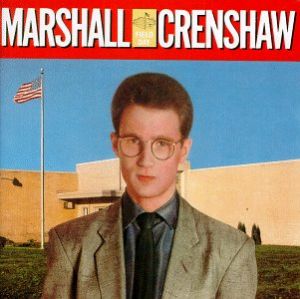
- Format: MP3

Following his critically acclaimed 1982 debut and successful single "Someday, Someway," Marshall Crenshaw returned with the following year's greatly anticipated Field Day. Crenshaw doesn't fall prey to the sophomore jinx, delivering nine more brilliantly crafted pop/rock originals and a terrific cover of the Jive Five's "What Time Is It?" Though the record meets the high standard that Crenshaw, his brother Robert Crenshaw (drums) and bassist Chris Donato, set with the first album, many had trouble warming up to producer Steve Lillywhite's dense, more muscular production, especially Robert's explosive snare and bass drum. But while it may lack its predecessor's immediate sparkle and charm, Field Day is equally infectious. It also shows a newfound depth and maturity in Crenshaw's writing, which Lillywhite's sound reinforces. Like Marshall Crenshaw, the majority of Field Day deals with time-honored themes of loves lost and found, albeit from a slightly less innocent viewpoint, much like the lyrical growth of the Beatles in late 1964, early 1965, or Buddy Holly's "True Love Ways" and "Learning the Game." Previously, he would move on and "find someone better" or "feel the need to go "Rockin' Around in N.Y.C." Now, he's willing to "try with all [his] heart every day," seeing a night on the town as a "duty" that must be done before slipping back into comfortable domesticity and responsibility. Crenshaw realizes now that even true love "makes demands" amidst the fun and summer evening walks. This album brims with deceptively simple, pure pop pleasures that continue to unfold with repeated listens. Though Field Day didn't match the commercial promise of the first album, it was the perfect second step in Marshall Crenshaw's artistic evolution.